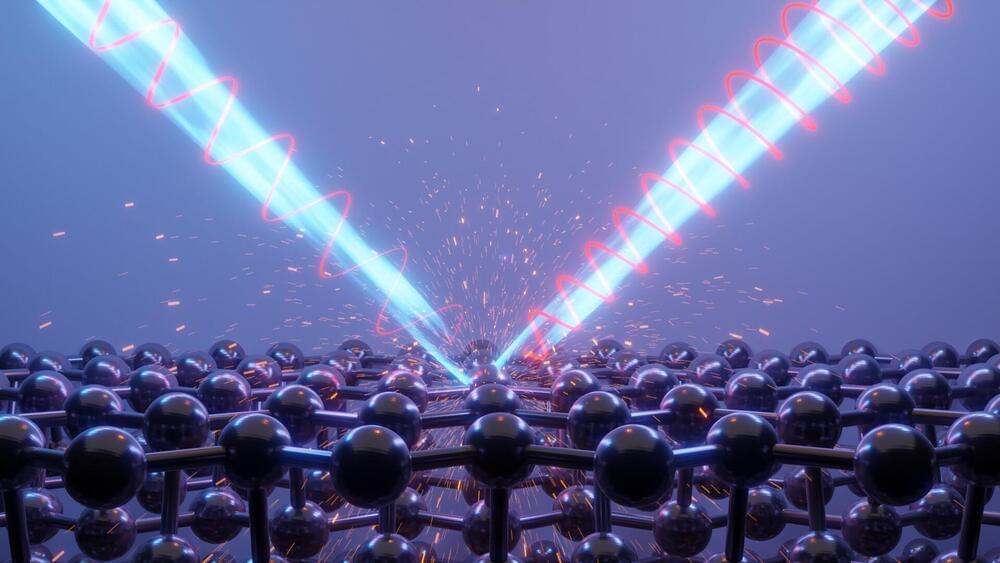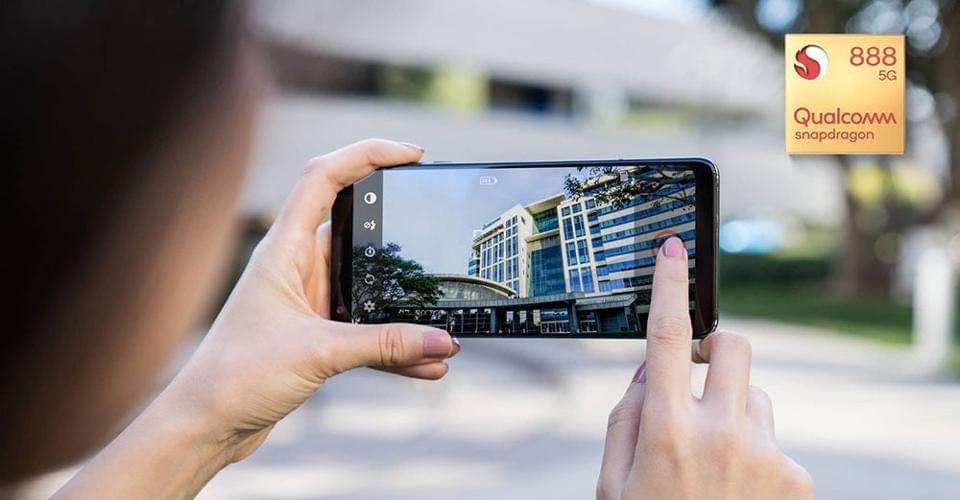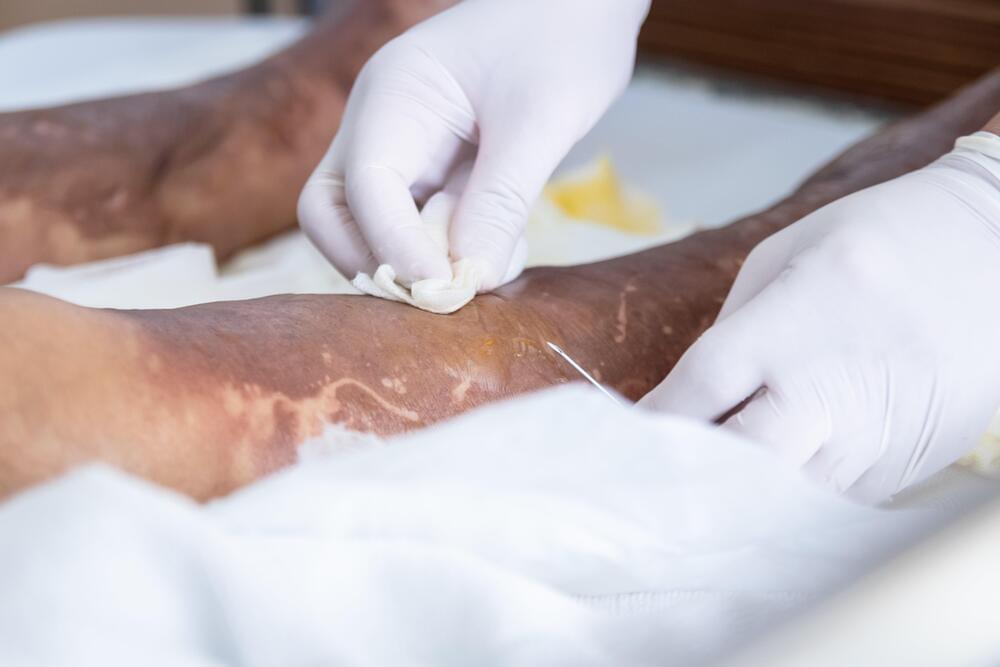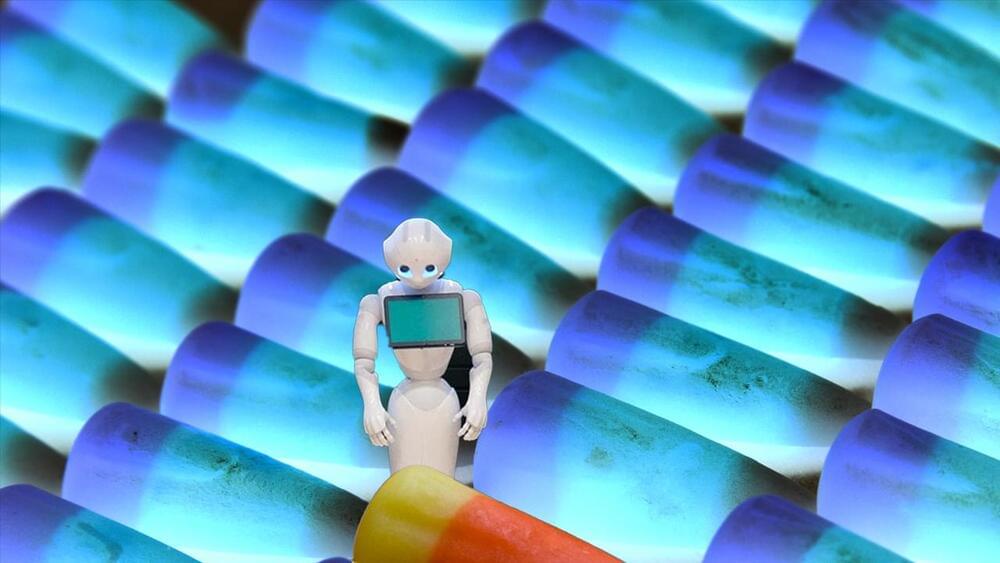The truth is these systems aren’t masters of language. They’re nothing more than mindless “stochastic parrots.” They don’t understand a thing about what they say and that makes them dangerous. They tend to “amplify biases and other issues in the training data” and regurgitate what they’ve read before, but that doesn’t stop people from ascribing intentionality to their outputs. GPT-3 should be recognized for what it is; a dumb — even if potent — language generator, and not as a machine so close to us in humanness as to call it “self-aware.”
On the other hand, we should ponder whether OpenAI’s intentions are honest and whether they have too much control over GPT-3. Should any company have the absolute authority over an AI that could be used for so much good — or so much evil? What happens if they decide to shift from their initial promises and put GPT-3 at the service of their shareholders?
Full Story:
Not even our imagination will manage to keep up with technology’s pace.
Martha called his name again, “Ash!” But he wasn’t listening, as always. His eyes fixed on the screen while he uploaded a smiley picture of a younger self. Martha joined him in the living room and pointed to his phone. “You keep vanishing. Down there.” Although annoying, Ash’s addiction didn’t prevent the young loving couple to live an otherwise happy life.
The sun was already out, hidden behind the soft morning clouds when Ash came down the stairs the next day. “Hey, get dressed! Van’s got to be back by two.” They had an appointment but Martha’s new job couldn’t wait. After a playfully reluctant goodbye, he left and she began to draw on her virtual easel.






